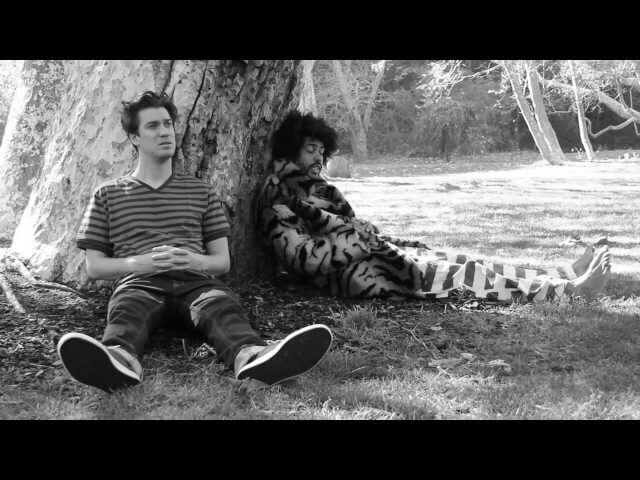Introducing Endless Mode: A New Games & Anime Site from Paste
Famously, cartoonist Bill Watterson never authorized any adaptations, animated or live action, of his much-loved, much-missed 1985-95 comic strip Calvin & Hobbes. No computer-animated 3D Blue Studios movies for this rambunctious boy and his loyal stuffed tiger. But that hasn’t stopped Calvin fans from doing their own interpretations of the strip over the years. Back in 2014, for instance, writer and multi-hyphenate Rafael Casal used Watterson’s work as the basis for Hobbes & Me, a web series in which classic Calvin strips are acted out, word for word. It’s a little like Lasagna Cat, if the makers of that series had affection rather than contempt for the comic they were adapting. With tousled hair and a striped T-shirt, Casal himself plays Calvin. Rapper-actor Daveed Diggs, now renowned for originating the roles of Lafayette and Jefferson in Hamilton, portrays Hobbes, donning striped pants and a fuzzy coat to resemble a toy tiger come to life. The dialogue is pure Watterson, like this existential debate, which plays like an outtake from Waiting For Godot:
[pm_embed_youtube id=’PL9CWTsG3tw1qKs5CbvRScKjCYmYzYAV_v’ type=’playlist’]That episode, which serves as the pilot for Hobbes & Me, is in black-and-white. This is no mere stylistic affectation. Calvin & Hobbes ran during an era when only Sunday comics were in color. Dailies were monochromatic, so Diggs and Casal are maintaining the integrity of Watterson’s original strips. Even the cuts here are dictated by panel breaks, using the comic strips as storyboards. Most episodes of Hobbes & Me are based on dailies, but the series occasionally adapts one of Watterson’s Sunday episodes:
[pm_embed_youtube id=’PL9CWTsG3tw1qKs5CbvRScKjCYmYzYAV_v’ type=’playlist’]There will likely never be an official Calvin & Hobbes movie or television series, so Hobbes & Me is the closest fans are going to get to a full-fledged adaptation in the foreseeable future. And that’s not such a bad thing. It’s a charming little exercise in sketch comedy acting and micro-budget filmmaking. Since Casal is an adult and Diggs is manifestly not a tiger, the series can be interpreted as a sitcom about two eccentric friends, both apparently layabouts, who spend their days having the oddest conversations imaginable, totally oblivious to the rest of the world. Monster problems aside, it seems like a good life.
[pm_embed_youtube id=’PL9CWTsG3tw1qKs5CbvRScKjCYmYzYAV_v’ type=’playlist’]
